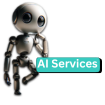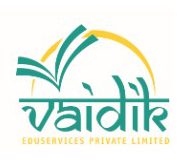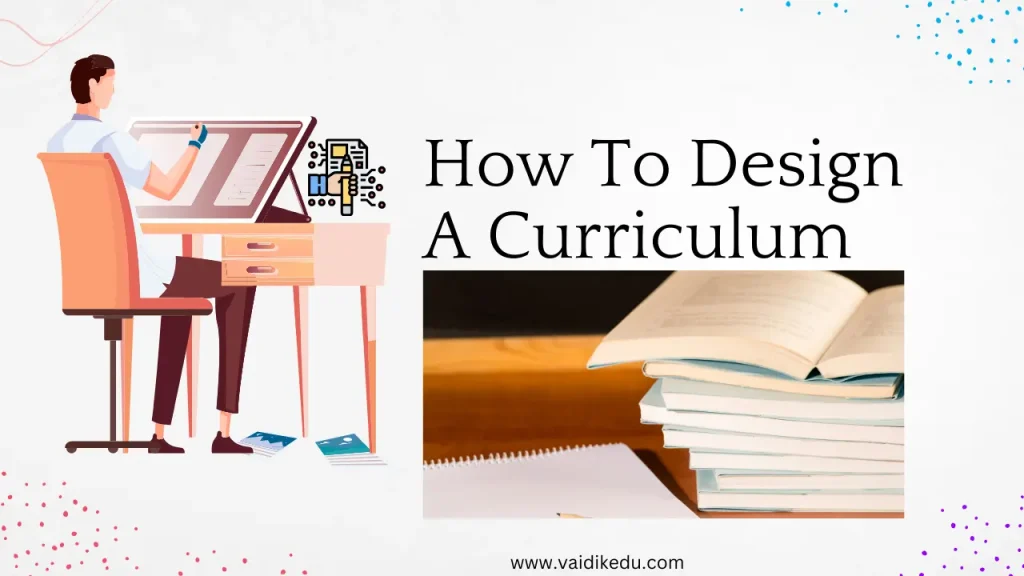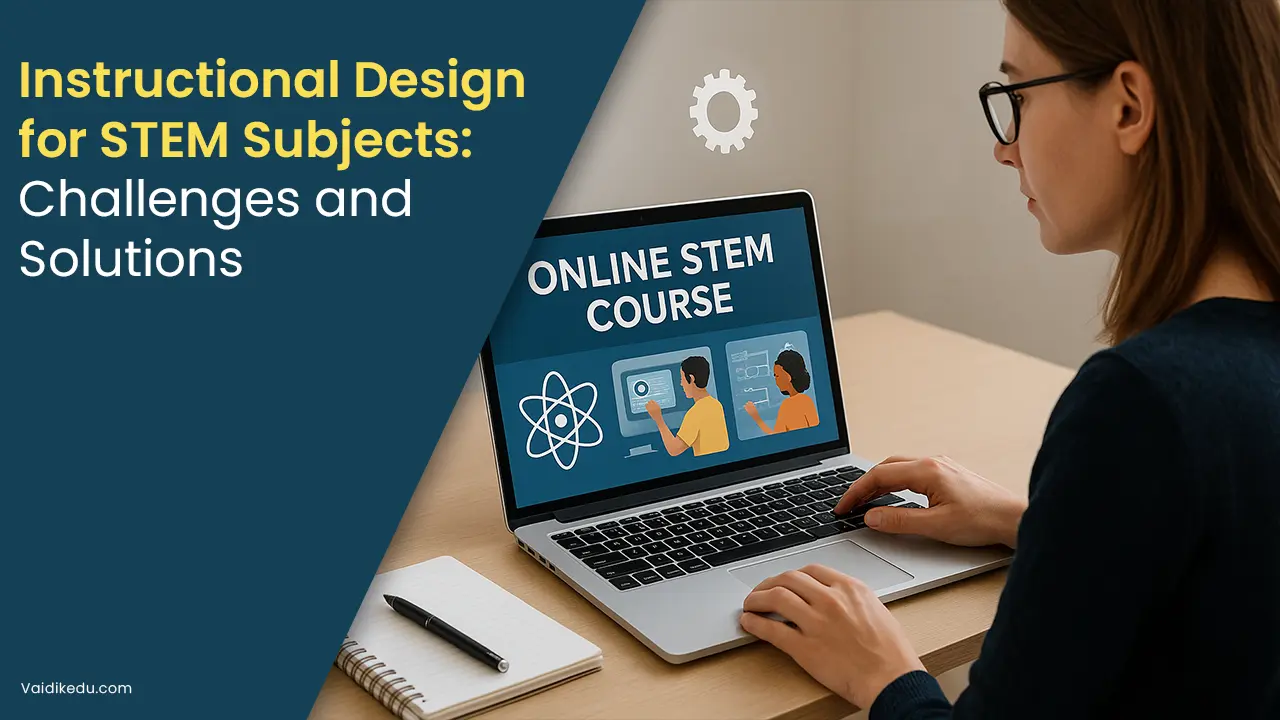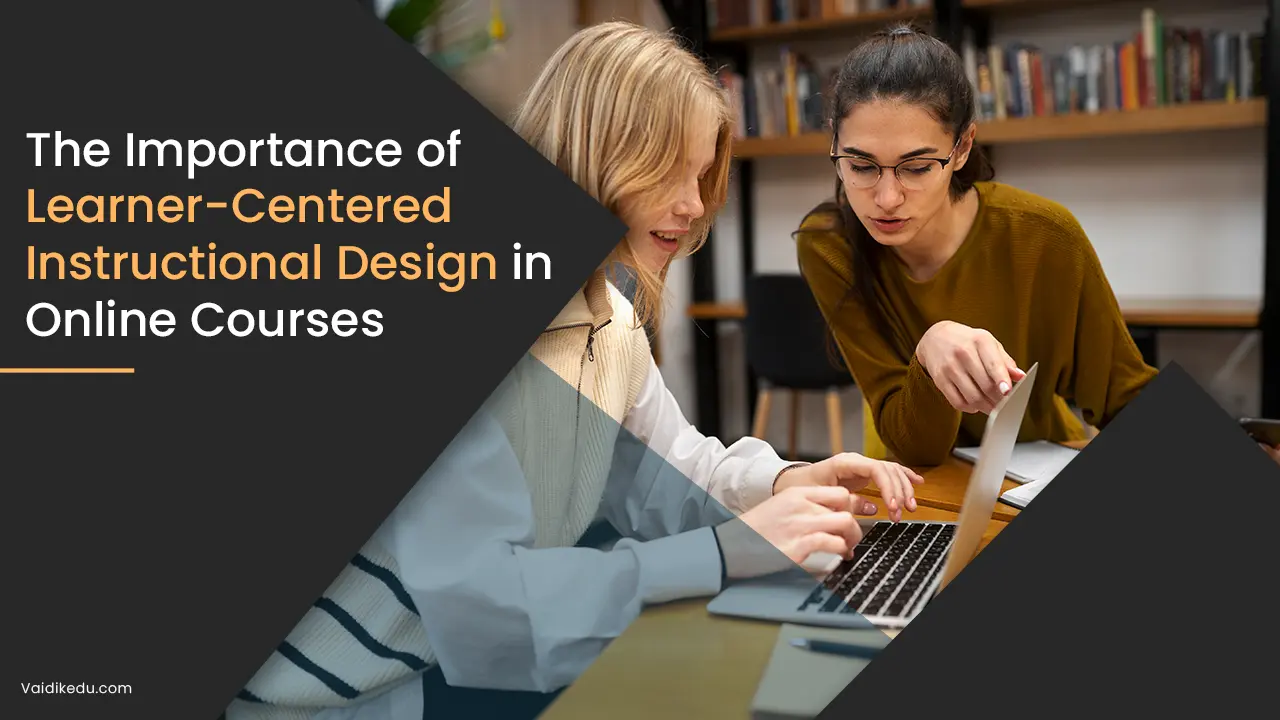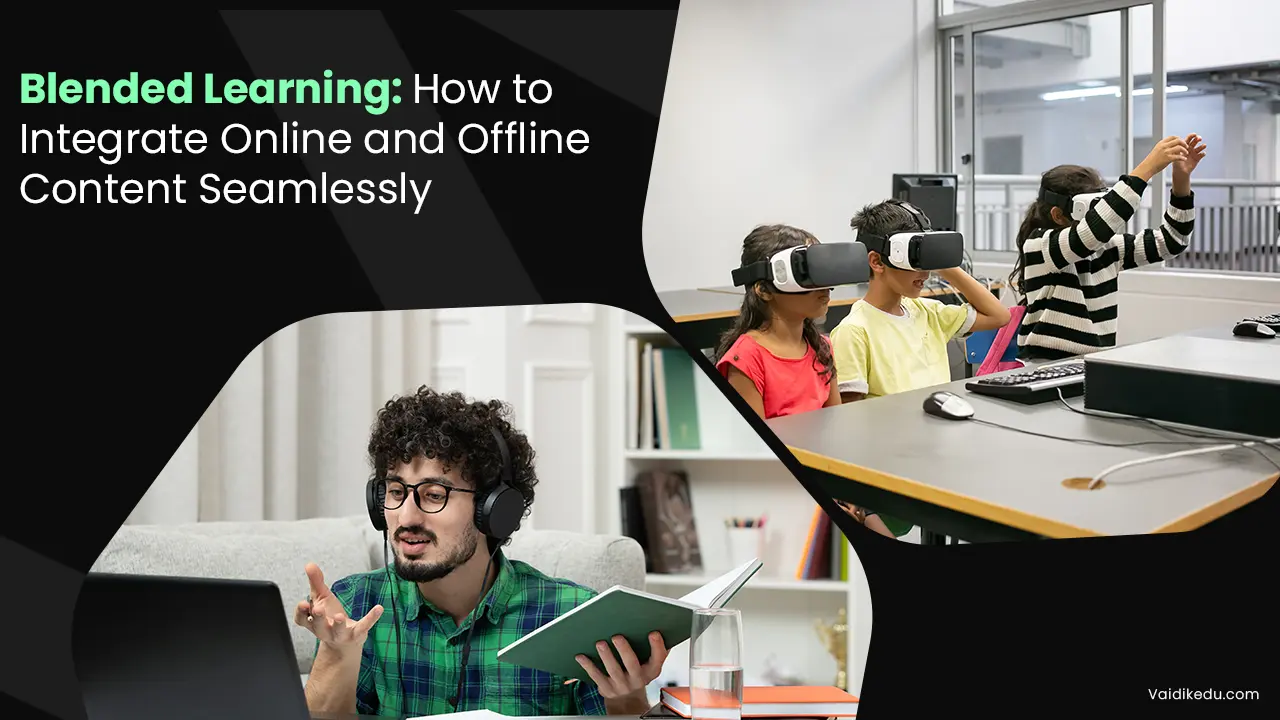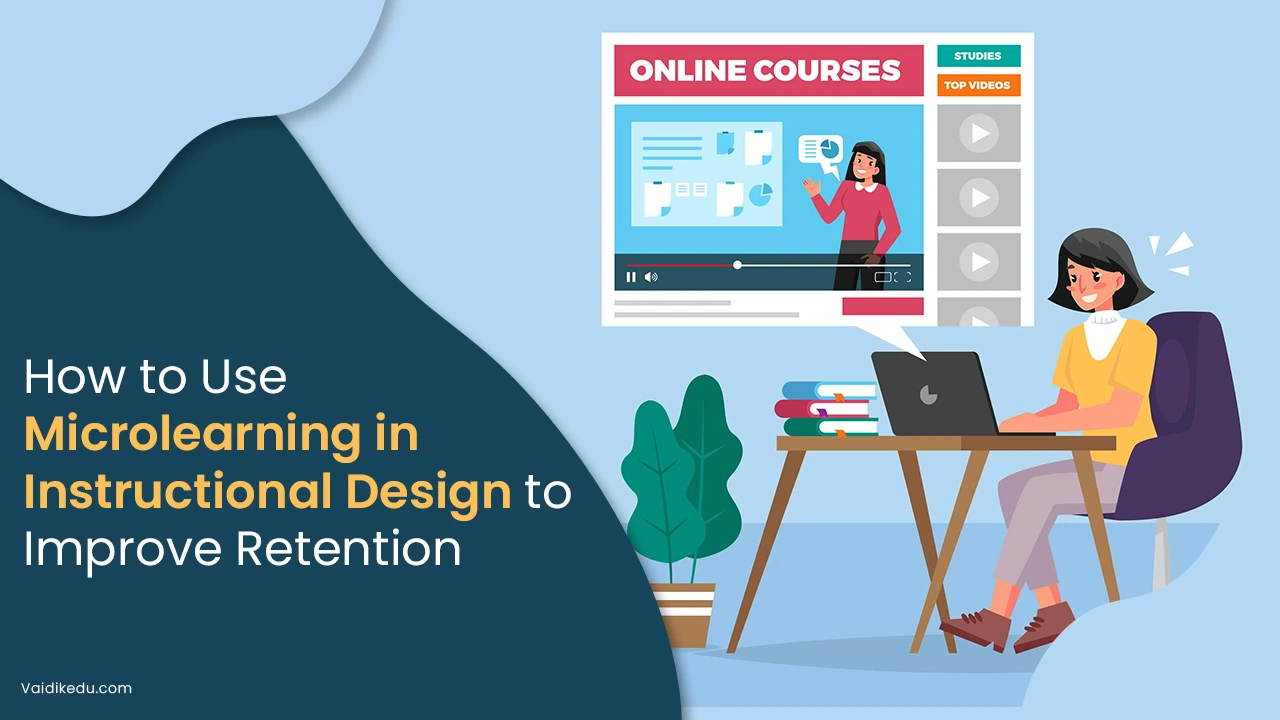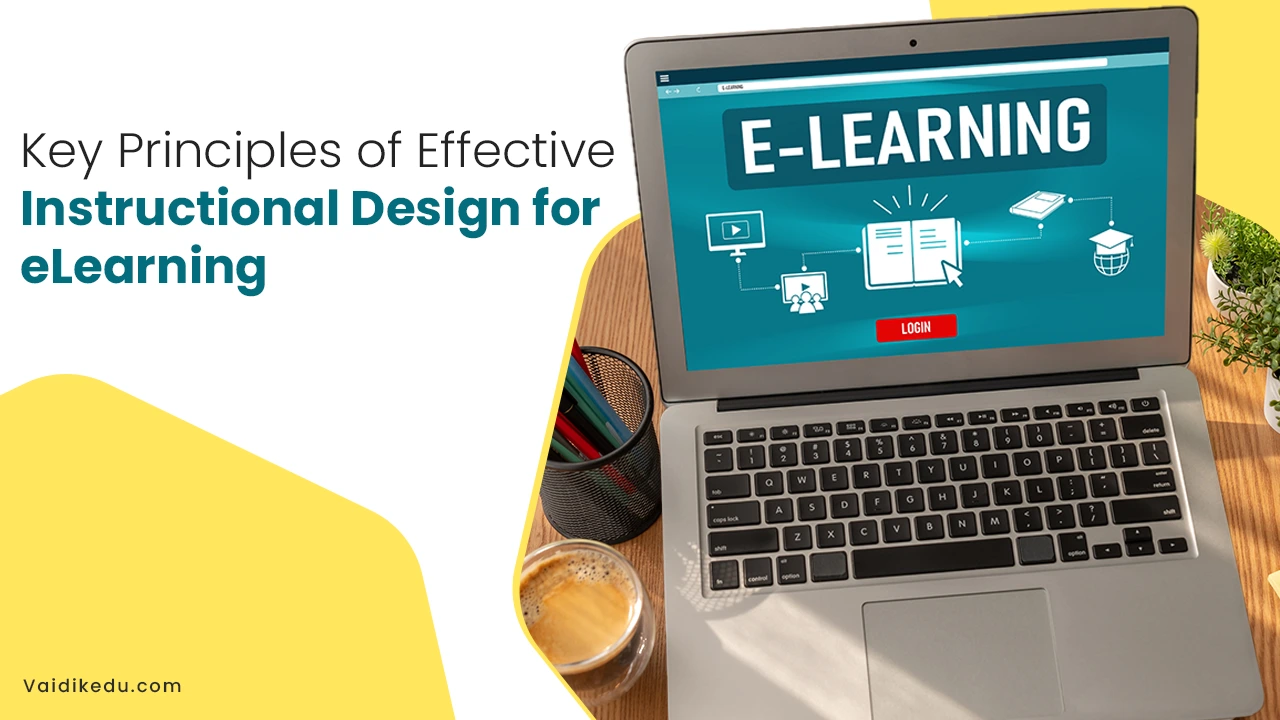The curriculum is the structure defining the proper implementation of the courses for a grade. The systematic planning of the activities, lessons, and assignments is curriculum design. The curriculum design helps in developing an effective education experience.
The curriculum is designed for corporate training, higher education and K-12 education. In alignment with the education goals, engaging learners need a well-structured curriculum. The following steps can be considered as a comprehensive guide for curriculum designing.
Tips For Design A Curriculum
1.The purpose and goal identification
The purpose for which the curriculum needs to be designed is essential to be explored. These are the points to be noted by an educator:
- Learning objective
- Skills and knowledge required to be developed
- Which segment the learners comprise of, and their needs
The alignment of the educational outcomes should be done with the curriculum goals. These goals guide the decisions made about the content, teaching methods and the assessment.
2. Recognition of the correct audience
It is very important to know what the actual audience is, at the receiving end of the education. The following factors need to be considered:
- Stage of development and the age
- Background of the education
- Preferences and styles of learning
- Language- or technology-based barriers to learning
This can be understood from a very basic example that the curriculum designed for a professional setting is different from the one based on high school students.
Defining the learning outcomes
- It is very important to note how capable the learner will become after going through a specific process.
- It is important to focus on what the curriculum needs to bring out of the learners and the process, and the steps that should be taken in that way.
- The learning outcomes guide through each step of a learning process.
3. Establishment of a logical Framework
- The content should be organized in a way that it is coherent and shows progressive building.
- The processes to be followed for establishing the logical framework are:
- Sequencing: The topics should be arranged in a logical order. They should start from the basics and should gradually move to the more complex concepts. The prior knowledge should be built using scaffolding techniques.
4. Selection of the instructional methods
The curriculum should be designed in a way that it aligns with the objectives and the learning style of the students. The following options can be considered:
- Lecture based learning for subjects based on theory.
- Hands on activities of workshops for the topics based on skills.
- Group projects to build the team work and communication skills.
The mixed teaching methods should be adapted in the curriculum for different learning preferences.
5. Continuous assessment and feedback
The key elements for curriculum design are the continuous assessments. They provide a way to check whether the learning objectives are being met or not. The methods for doing this are:
- The quizzes and class discussions should be kept for gauging the understanding during the course.
- The exams or final projects ensure that the overall achievement is evaluated.
- An incorporative feedback, for example, peer reviews, helps the learners in continuous improvement.
6. Integrating the real-world applications
The curriculum should be designed keeping the practicality of the concept in mind. For this, the real world applications should be integrated. This helps in understanding the relevance of what is being studied.
For example,
- In engineering based courses, the case studies from the recent innovation and technologies should be used.
- In the business or finance based studies, the theoretical concepts should be applied to the contemporary industry trends.
- When the theory is connected to the practice, the information is more likely to be retained and a deeper understanding is developed.
7. Incorporation of flexible methods for adaptation
When a curriculum is designed well, it creates the possibility of adjustments based on the progress made by the student and the external factors. The following benefits are ensured from the flexible methods:
- Great opportunities for the students that are good at grabbing new things.
- Additional resources for those students that are in need of more support.
8. Consideration of inclusiveness and diversity
A good curriculum comprises the content that includes different cultures, social and economic backgrounds. The following points should be kept in mind while framing the curriculum:
- Representation of different perspectives and efforts from various communities.
- The diverse needs of the different people should be taken care of, including the ones with disabilities.
9. Evaluation and revision
The curriculum is not designed for a one-time learning procedure, it should include continuous feedback, assessments to overview the learning and their outcomes. After the evaluation,
- the methods and the content should be revised, taking care of the needs.
- the content should be upgraded with the developing knowledge, technology, and the methods in the field.
The continuity in the improvement ensures that the curriculum is effective and relevant over time.
Challenges in designing the curriculum:
Designing a curriculum is a complex and multifaceted process involving more processes than just selecting the content and structuring the lessons. It requires continuous evaluation, feedback and improvement to design a perfect curriculum.
To ensure a well-designed curriculum, it requires that the parts of curriculum meet the needs of the students and there is an alignment with the institution goals. Following are the major challenges faced while designing a curriculum:
- Balancing breadth and depth
- Incorporating diverse learning needs
- Aligning with standards and policies
- Integrating technology
- Adapting to changes in society
- Ensuring assessment and evaluation
To overcome these challenges, a well-thought and precise format should be adopted for designing the curriculum and the present needs of the students should be taken care of.
Conclusion:
It is a very iterative procedure to design a curriculum. The curriculum design should include a deep understanding of the learning objectives, goals, educational backgrounds of the learners, and the strategies of the instructions.
A clear framework, incorporation of the applications in the real world, and flexibility helps in designing a curriculum that not only ensures the student’s engagement, but also their preparation for the future success.
To design a perfect curriculum for the target students, many challenges are faced including the balance of the depth, integration with the technology and ensuring the assessment and evaluation. To meet these challenges, a proper strategy catering to the needs of the students should be followed.
FAQ
1. What should be considered while defining learning objectives?
The learning objectives should be specific, measurable, relevant and achievable. There should also be an alignment with the broader educational standards, outcomes, or competencies required for the program.
2. How do you ensure the curriculum aligns with standards?
The national, international or local standards that are applicable to the subject should be identified. The curriculum content should be mapped to these standards to ensure that the learners meet the required competencies or outcomes.
3. What are the different types of curriculum design models?
The different types of curriculum design models are:
- Subject-centered
- Learner-centered
- Problem-centered
- Integrated
4. How do you select appropriate instructional materials?
The age, ability and cultural backgrounds of the learners should be considered. A variety of resources should be used like textbooks, digital tools, case studies, or practical experiences to cater to different learning styles.

